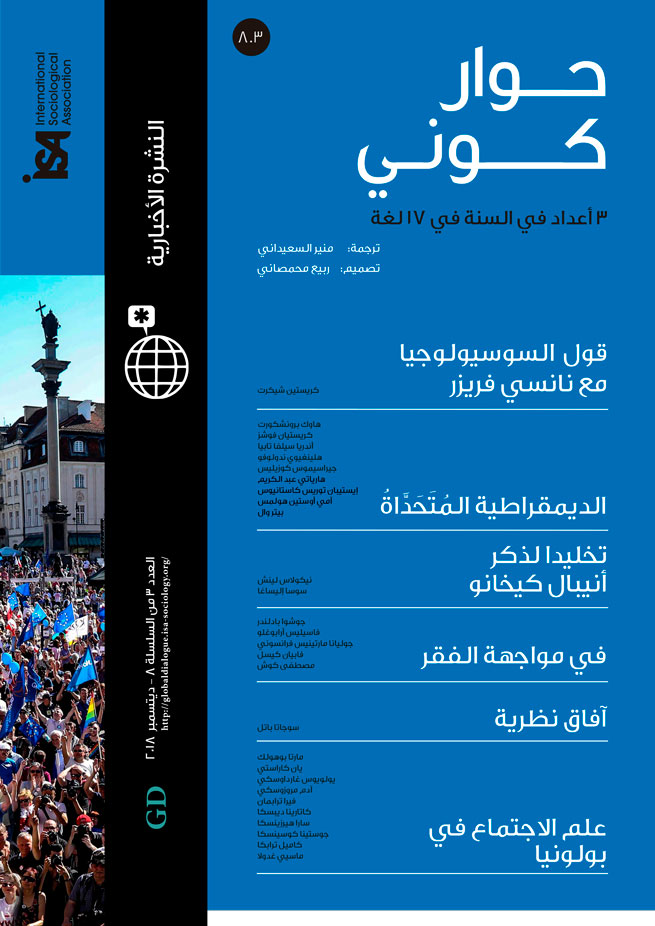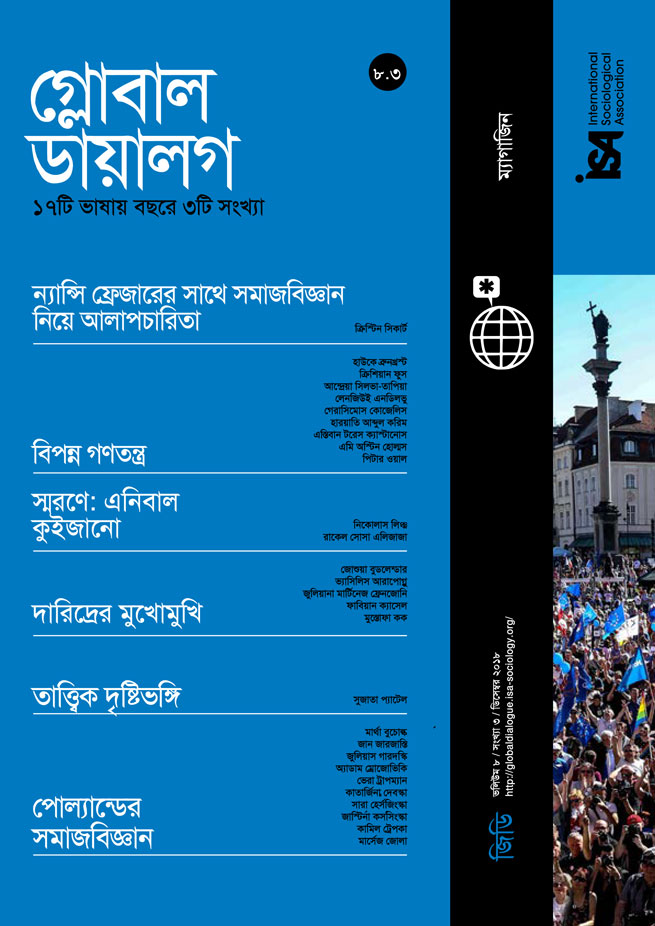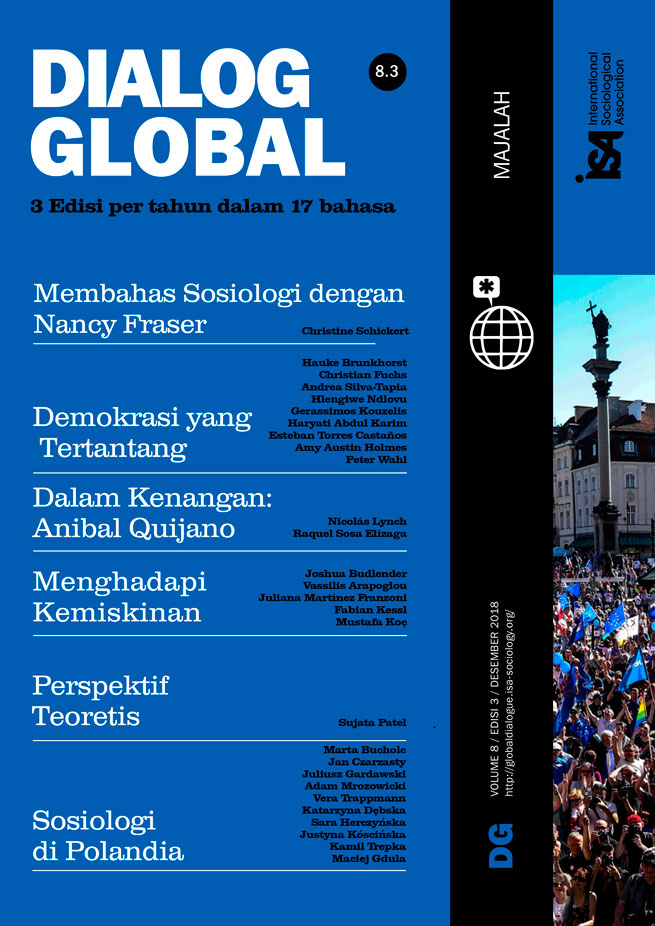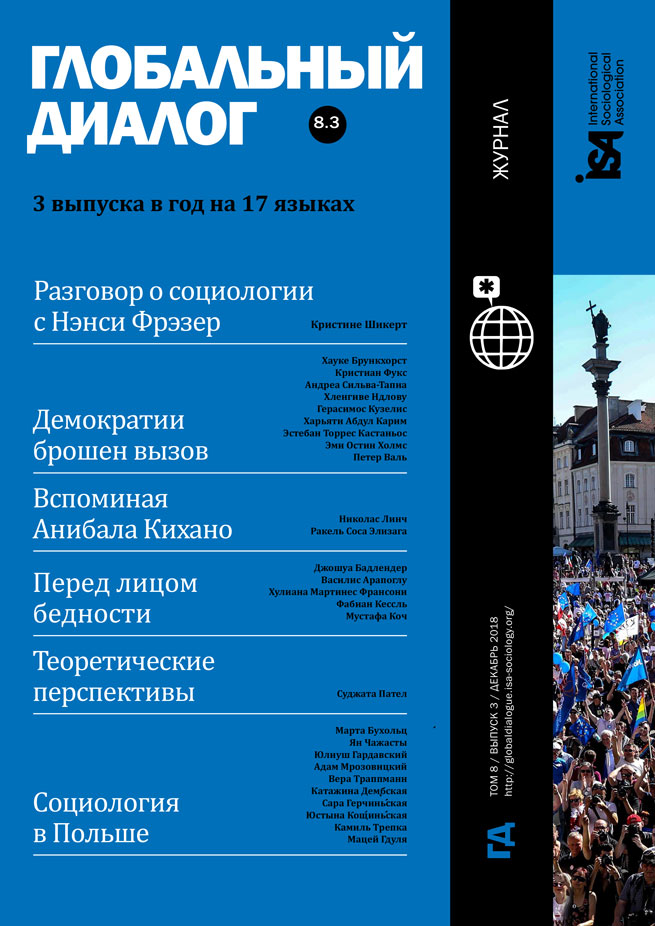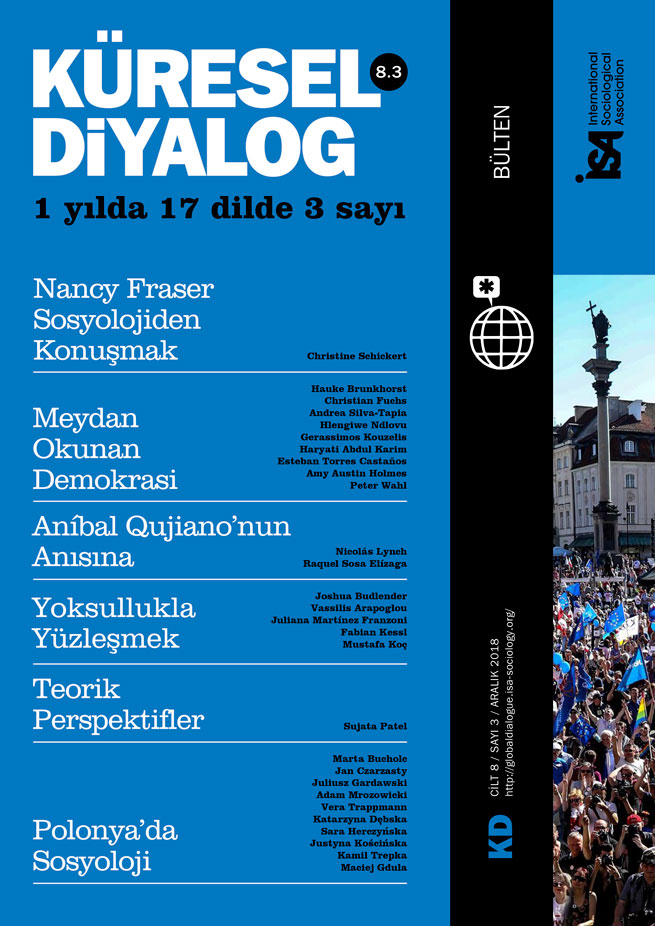It has become a truism to note that while South Africa’s black majority achieved political freedoms with the end of apartheid in 1994, substantive economic freedoms have remained unrealized. This refrain is however often stated in very general terms, or in the context of specialized study of very particular phenomena. Here I draw together wide-ranging evidence in order to establish what has changed and what has not when it comes to the question of widespread material poverty in South Africa.
The incidence of poverty in post-apartheid South Africa
The first and most basic point to be made is that the proportion of the South African population typically classified as “income poor” has hardly changed in the post-apartheid period. Specific numbers depend on the poverty line used, but usually between 50% and 65% of the population is considered “poor,” with these aggregate numbers only a few percentage points improved from 1994. The incidence of poverty is still sharply delineated along the racial lines of the census classification, with 73% of black Africans, 48% of Coloureds, 12% of Indians/Asians, and 2% of whites falling below the most recent poverty line.
The little reduction in poverty there has been is mostly due to the massive post-apartheid expansion of government “social grants” – monthly unconditional cash transfers targeted to certain categories of the poor. For the poorest 40% of households in South Africa, social grants now typically constitute more than half of total household income.
The other main improvement in material conditions in the post-apartheid period concerns some non-income facets of material deprivation. Large public programs have dramatically increased access to running water, electricity, and schooling, while malnutrition and mortality have notably declined. Improvements in these areas partly reflect extreme apartheid-era neglect and deprivation, but substantial advances are undeniable, especially in rural areas.
Despite these material improvements, however, extreme poverty remains widespread in the countryside, especially in what used to be apartheid-era “homelands.” When deprivation indices are used to map poverty across South Africa, the areas of highest deprivation often perfectly trace the former homeland boundaries, demonstrating an enduring legacy more than two decades since these areas were formally reincorporated into South Africa.
Poverty is of course not just a rural problem, however. Households in informal urban areas have slightly better chances of moving out of poverty than their rural counterparts, but nonetheless face significant structural barriers. Apartheid-era planning forced urban black workers and their families to move to distant city peripheries, far from the jobs and amenities of well-developed urban cores. Post-apartheid, this pattern has been entrenched by strong protections of private property rights and government policy, which has led to state-subsidized housing being built on cheap peripheral land. Exacerbated by under-serviced public transport systems, South African workers have long commute times and pay high commuting costs; these lead to effective “transport taxes” of as much as 40% of workers’ wages. “Apartheid cities” also seem to make it harder for peripheral residents to find employment in the first place.
Too few jobs and too low wages
South Africa’s dysfunctional labor market more broadly is at the heart of the persistence in post-apartheid poverty. Unemployment attracts media and policymaker attention, which is unsurprising given its extraordinary heights. According to the global “narrow” definition of unemployment, the South African unemployment rate has tended to hover between 25% and 30%. According to the “broad” definition – which makes more sense in the South African context – unemployment has fluctuated around 40%.
Mass unemployment on this scale clearly should not be underplayed. It has, however, often diverted attention away from the very low wages, which prevail in South Africa. Of those South African households which have a wage-earner in the household, half fall below the most recently calculated South African poverty line (88% of households with no wage-earners fall below the same poverty line). While wages have increased at the top of the distribution, median wages have remained stagnant in real terms since 1994. Ethnographic evidence increasingly shows that South African workers frequently quit their jobs because wages are too low to justify the combination of material and psychological costs (such as commuting costs and experiences of disrespect, respectively) that these jobs entail – even if that means becoming unemployed.
What are the causes of high unemployment and low wages? A favorite explanation is poor quality education. According to this theory, South Africa is experiencing a “skills mismatch,” where employers increasingly need high-skilled workers but the basic education system is too dysfunctional to produce these workers. It is certainly true that despite dramatically increased rates of enrolment, the South African basic education system is in a state of unmitigated crisis with, for example, eight out of every ten grade 4 students unable to read for meaning. But education cannot explain the whole story.
An issue which must be recognized is deficient demand for labor from the private sector. With the end of apartheid and the collapse of influx control in the late 1980s and early 1990s, the supply of labor increased dramatically as black South Africans previously confined to the homelands could now seek better lives in the cities. The demand for labor in this period did not keep up with the growth in its supply, leading to a structural unemployment gap which persists to this day. While business frequently complains that onerous regulation makes hiring risky, administrative data shows that the South African private sector is characterized by exceptionally high levels of worker churning. At the same time, deficient demand for labor can also be linked to low levels of private sector fixed investment. Late-apartheid practices of business expansion by acquisition rather than productive investment have been replaced by corporate unbundling, large shareholder payouts and the shifting of capital abroad, but lack of interest in domestic productive investment remains.
Precarity and dynamic poverty
Since 1994 South Africa has followed global trends of outsourcing and “labour broking,” leading to the increasing prevalence of precarious forms of work. Dynamic analysis of South African poverty shows that 40% of non-poor households are “vulnerable” – they face serious risks of falling into poverty into the future – while 80% of poor households are classified as “chronically poor” due to their negligible prospects of poverty exit.
The truism that substantive economic freedom remains unrealized in South Africa is trite for very good reason: the reality speaks for itself. A point which deserves greater consideration in South Africa, however, is the extent to which addressing this problem requires fundamental restructuring of the apartheid economy which is still with us. There is no doubt that the further expansion of social grants and basic services would constitute progressive action. However it is the South African labor market which is at the heart of the economy’s dysfunction, and it is within this sphere where interventions need to be aimed if apartheid path dependency is to be disrupted.
Joshua Budlender, University of Massachusetts Amherst, USA <jbudlender@umass.edu>




